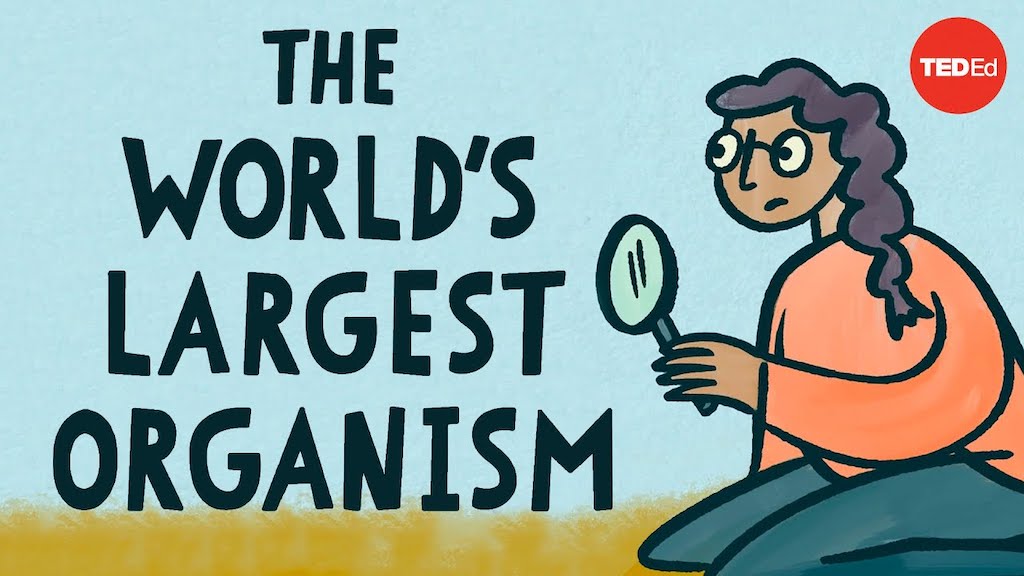Examining the History of the World’s Largest Organism

In an Ted-Ed lesson written by Alex Rosenthal and animated by Lisa LaBracio, narrator Jack Cutmore-Scott explains in great detail how the largest organism on Earth is not a giant dweller of the sea, but rather an enormous colony of genetically identical quaking Aspen trees that all originate from the same root system.
This gigantic colony, known as Pando, is made up of clones, which increases its massive size. Pando located in south-central Utah inside Fishlake National Forest and dates back many, many thousands of years. Sadly, its future survival is in doubt unless steps are taken to protect this natural wonder of the world
Related PostsThe Biggest Organism on EarthAn Animated Short Narrated by Bill Gates About the Possibility of Eradicating Many Infectious Diseases by 2030Machines Integrate Into Living Creatures in Episode Six of the Surreal Animated Series Bendito Machine'Journey to the Microcosmos, A Fascinating Video Series About the Various Forms of Microscopic LifeZe Frank Hilariously Provides True Facts About the Clever Mechanics of Symbiotic Carnivorous PlantsA TED-Ed Animation Explaining How Bacteria Have Built Up a Resistance to AntibioticsPando has survived many millennia of changing climates and encroaching ice. But it may not survive us. ...Because Pando's trunks are genetically identical, they can serve as a controlled setting for studies on everything from the tree microbiome to the influence of climate on tree growth rates. The good news is, we have a chance to save Pando, by reducing livestock grazing in the area and further protecting the vulnerable young saplings. And the time to act is today.
Follow Laughing Squid on Facebook, Twitter, and Subscribe by Email.
The post Examining the History of the World's Largest Organism first appeared on Laughing Squid.